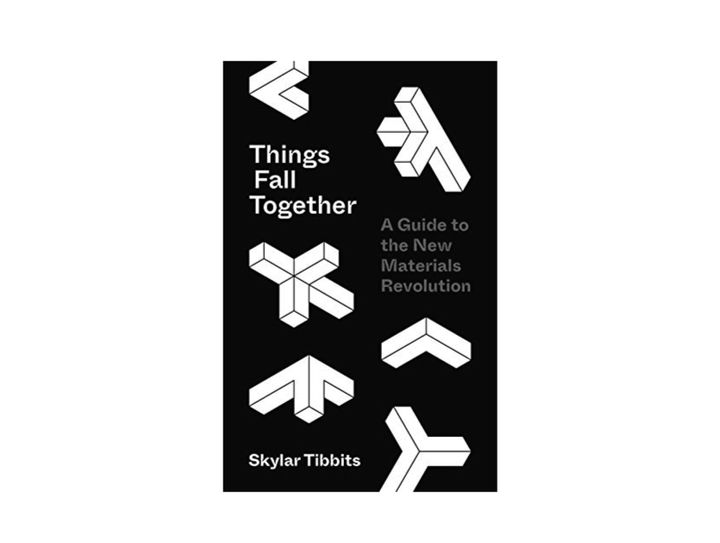
This week’s selection is “Things Fall Together” by Skylar Tibbits.
Tibbits is a well-known personality in the 3D world, as he pioneered the concept of “4D Printing”, as explained in his groundbreaking 2013 TED talk.
The idea is that printed objects need not be static after printing. They could “unfold” or otherwise distort to achieve new properties. These ideas were and are explored deeply at MIT’s Self-Assemby Laboratory, founded by Tibbits himself.
The book’s title is quite intriguing. Normally, one might say, “things fall down”. But here, “things fall together”, and I think that’s the spirit of 4D printing: objects self assemble.
I should point out that 4D printing is not just “party trick level” demonstrations, where a print turns into another object. Instead, the real value of the technology is in the development of meta-materials.
Meta-materials are objects that exhibit certain engineering properties even though they are made from base materials that don’t have those properties. A trivial example might be a 3D printed spring: it’s made from solid thermoplastic, but it acts in a flexible manner.
The thinking is that one could compile vast list of meta-material designs and then use them in innovative structures. Instead of searching for the ideal material, just design a meta-material that does what you need.
These are difficult concepts, but with the assistance of high powered computation, simulation and even AI, it will be possible to do this in the near future. We may eventually live in a world surrounded by meta-material powered objects.
Such a world could leverage these powerful meta-materials in gadgets, structures and vehicles in ways we cannot yet imagine.
But you might get a glimpse of that future by reading through Tibbits’ book, Things Fall Together, where he explores the destinations this technology could take us.
We’re an Amazon Associate and earn a small fee from qualifying purchases. Help support our 3D print news service by checking out this book!
Via Amazon
